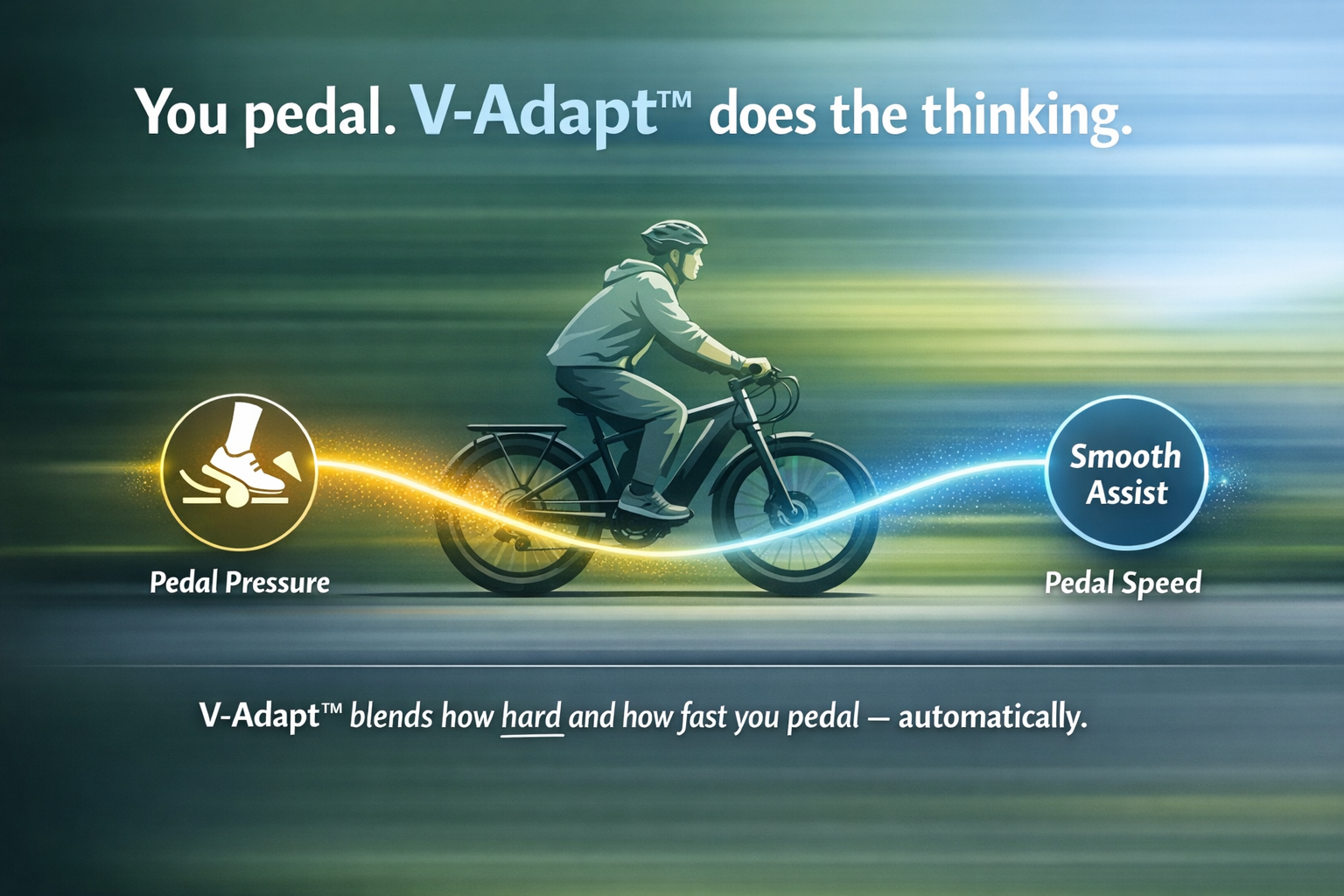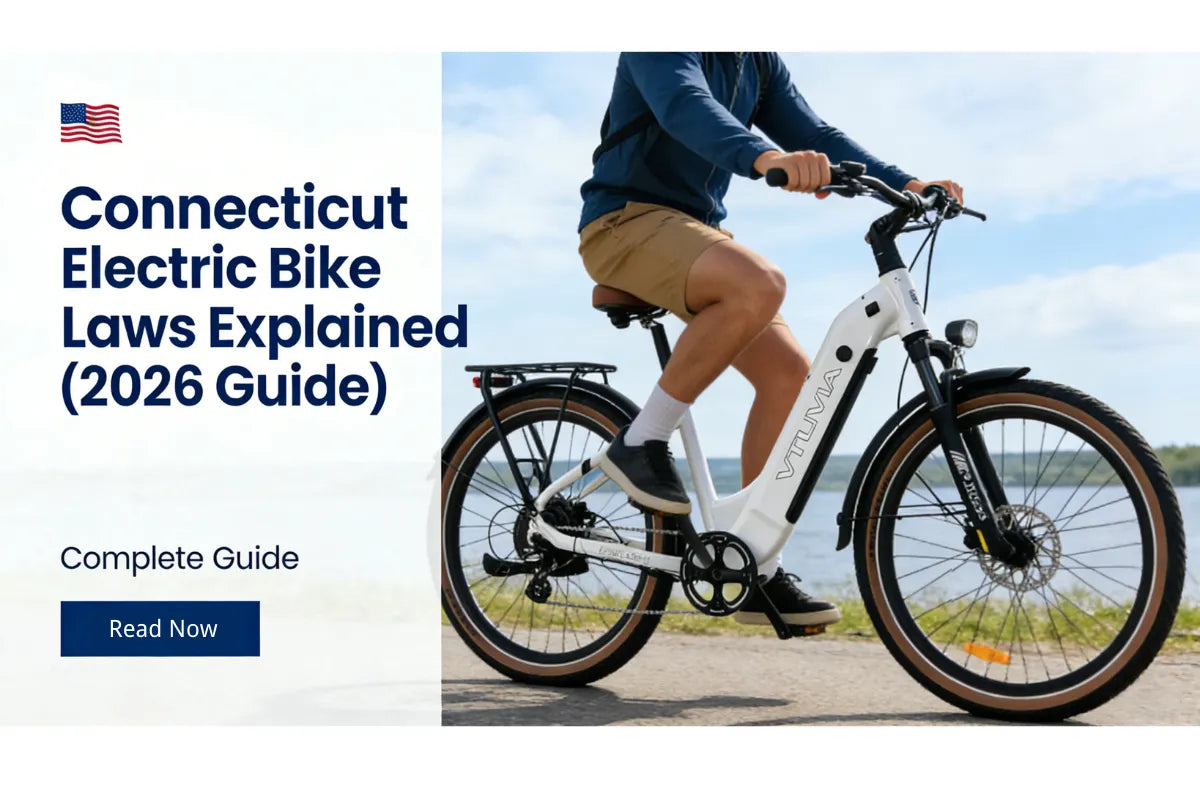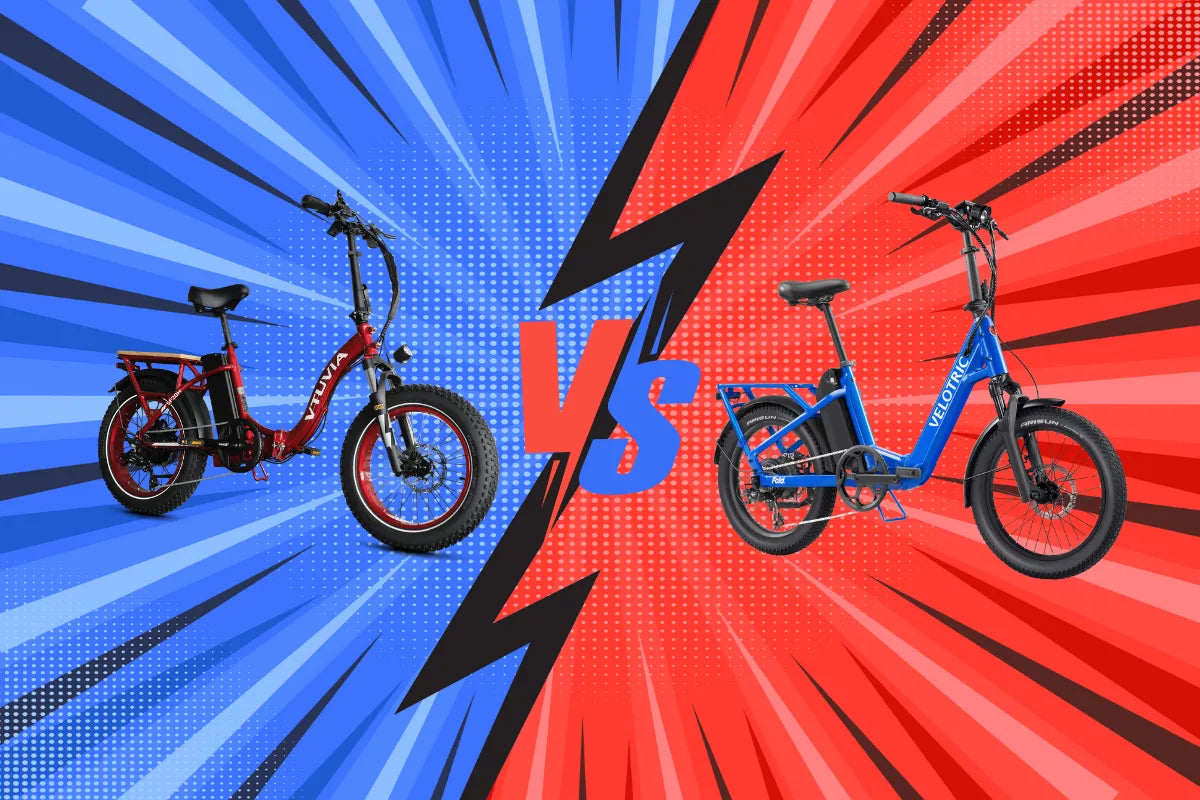Estimated time: 1–3 hours | Difficulty: Intermediate
Tools You’ll Need
Before starting, gather all necessary tools. Having everything ready saves time and ensures a smooth process.
- Workstand or stable bike support
- Hex/Allen key set and Torx keys
- 15 mm wrench or axle tool for front wheel
- Torque wrench (recommended for stem and headset bolts)
- Transport lock or zip-tie to keep hydraulic brake pistons in place
- Fork cone puller & installation tool (for headset/crown race transfer)
- Grease or assembly paste
- Pipe cutter or fine-tooth saw + cutting guide (if steerer tube must be shortened)
- Deburrer/file and sandpaper
- Replacement headset parts / crown race if needed
High-quality tools reduce risk of damage and make each step easier. Optional tools can sometimes be substituted with standard bike tools.
Replacing your e-bike’s front fork might seem daunting, but with proper tools, organization, and patience, it’s fully doable. This guide combines practical experience from e-bike users, Fiido, and Bike-Components to give you a full step-by-step walkthrough.
Why Replace a Fork — Safety Notes
Common reasons include worn or damaged forks, upgrading for better travel/stiffness, or improved ride quality. E-bike forks may stiffen over time due to worn seals, contamination, or damping changes.
Preparation Checklist
- Park your bike securely on a stable stand.
- Photograph the current setup — cables, spacers, stem — to aid reassembly.
- Have all tools organized in one place.
- Confirm the new fork’s diameter and headset compatibility.
- For hydraulic brakes, secure pistons to prevent compression.
Preparation reduces mistakes and keeps small parts organized.
Step-by-Step Fork Replacement
1. Remove Front Wheel
Loosen the axle or quick-release, slide the wheel out, and set it aside.

2. Remove Brake Caliper
Use a transport lock or zip-tie to prevent hydraulic brake pistons from moving. Loosen caliper bolts carefully and detach.

3. Remove Accessories
Take off fenders, racks, sensors, or any parts attached to the fork or wheel area.
4. Remove Stem and Handlebars
Loosen the top cap and stem clamp bolts. Slide the handlebars/stem forward or secure them to the frame. Keep spacers and headset parts in order.

5. Remove Old Fork
Slide the fork out of the head tube, keeping lower bearings and spacers organized. Clean all parts for reassembly.

6. Transfer Crown Race / Headset Cone
Use a cone puller to remove the old headset cone/crown race and transfer it to the new fork. Lightly grease contact points. Replace if damaged.
7. Fit & Shorten New Steerer (if needed)
Insert the fork temporarily, check the desired steerer length, mark the cut, and carefully cut. Deburr edges thoroughly for safety and smooth fit.
8. Install New Fork
- Grease the steerer where the crown race sits.
- Install the crown race and lower cone.
- Slide fork into head tube and add bearings, spacers, and stem (leave top cap slightly loose for preload).
- Reattach brake caliper and wheel, align rotor and brake pads.
- Set headset preload: tighten top cap until no play, then torque stem bolts to manufacturer spec.
9. Final Checks & Test Ride
- Check all bolts with a torque wrench.
- Ensure smooth steering with no play.
- Confirm brake function with stationary test, then a slow test ride.
- Re-inspect after first short ride to ensure everything remains secure.
Troubleshooting & Common Pitfalls
- Fork feels stiff — check preload and damping setting.
- Brake rub — loosen caliper, squeeze lever to center, retighten.
- Headset play or creak — repack bearings, check cone, replace if needed.
- Parts delay — expect some shipping time for replacement forks under warranty.
Maintenance Tips
- Check headset/stem torque every 50–100 km for first rides.
- Inspect seals/wipers and service fork per manufacturer instructions.
- After wet/salty rides, rinse and lightly grease exposed hardware.
Keeping your fork and headset properly maintained extends life and ensures safe rides.
References
Ready to upgrade or replace your e-bike fork? Check out our e-bike tools and accessories kit for a smoother DIY repair experience!





Share:
Affordable Freedom: Discover VTUVIA Electric Bikes for Active Retirees
Electric Bike Regulations 2025: License, Speed Limits, and Class Laws Explained